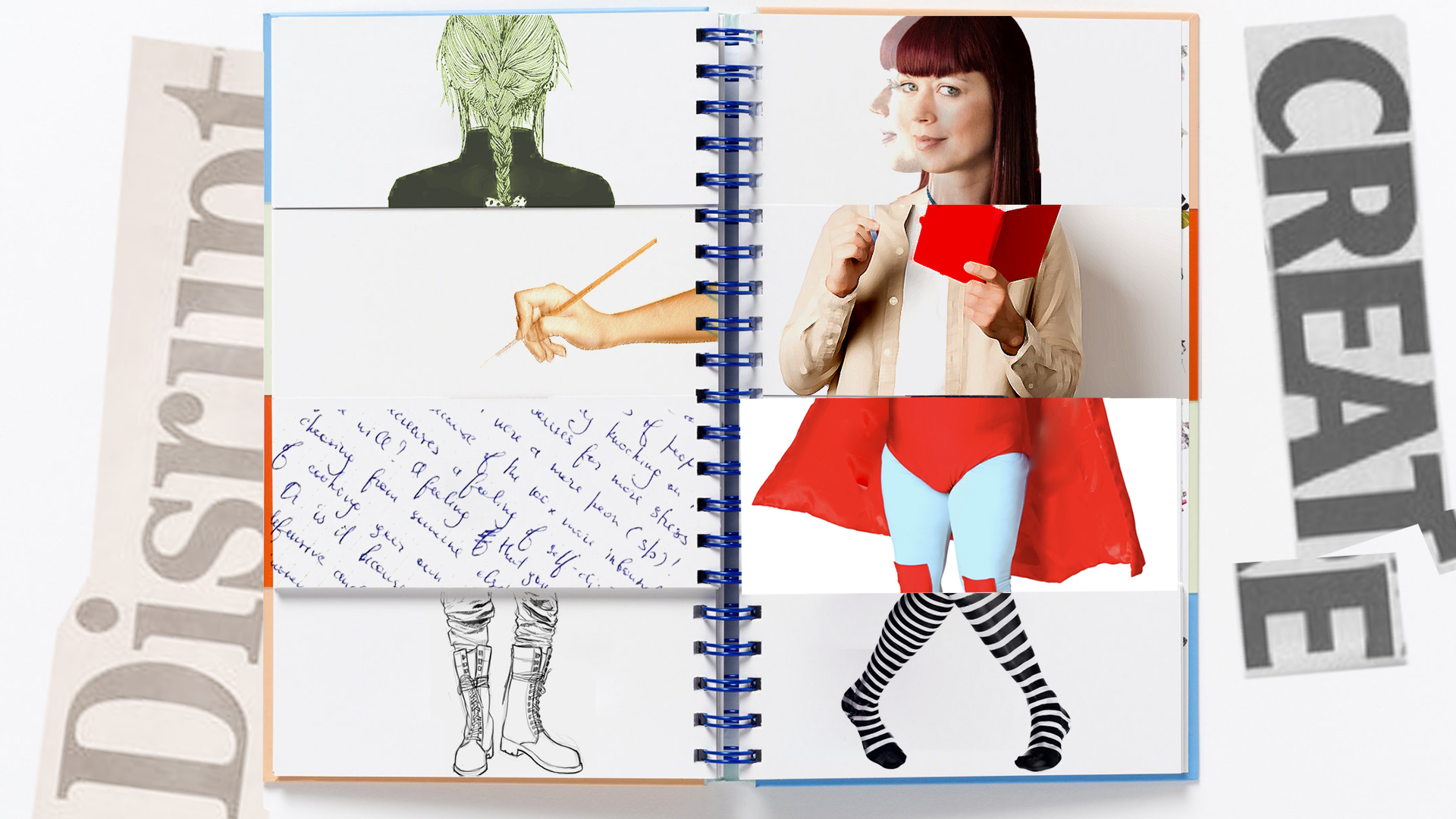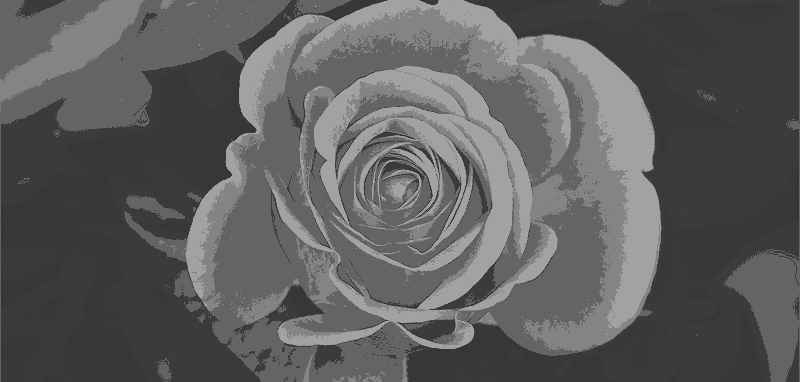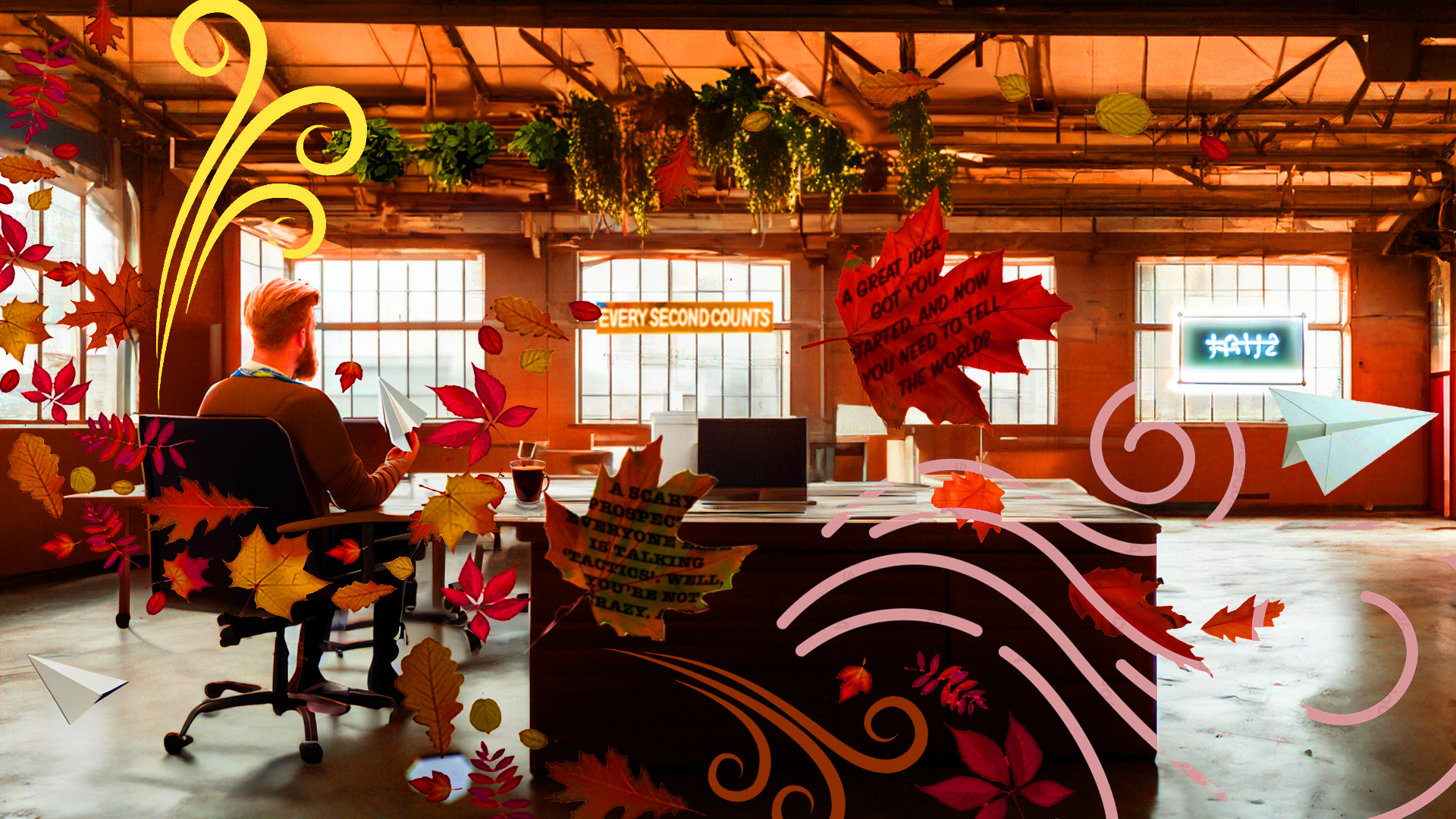As storytellers and marketers, we’re always chasing originality. That new way of looking or seeing or saying that stops people in their tracks and makes them listen. But engineering originality is a tall order, especially if you’re feeling stuck in a rut. Here’s how to disrupt your routine and spark your own creativity.
Why the same-old same-old stifles creativity
The reason it’s hard to be creative when you’re locked into monotony is because creativity thrives on disruption.
“If you always do what you always did, you will always get what you always got.”
But before you start throwing everything up in the air (routines included), know that complete chaos isn’t necessarily creative either. (It’s just a mess, and that’s stressful, not creative.) What you need are activities that make you stop and notice more. The edges of things, patterns, the links between things. It’s putting your attention into quiet noticing that helps creative ideas to bubble up.
Techniques
Draw
That’s why sketching is so good for creativity. You don’t need to be brilliant at drawing to reap the benefits of putting pen to paper. Whether you’re back on the train commuting, or stuck between Zoom meetings at home, using your down time to sketch, rather than scroll, will help you be more creative. It doesn’t matter what you draw, it’s the act of drawing that’s the thing. Allow your own ideas to bubble up, rather than cramming more stuff into your already overwhelmed brain, and you’ll be able to think more clearly and more creatively.
Write
You can use writing in a similar way to get into a creative groove. Set a timer for 10 minutes. Free yourself of any preconceptions of producing ‘good writing’, pick up the nearest book, turn to page 37, copy the first line onto a sheet of paper, and just keep writing from that prompt. Don’t stop, don’t take your pen off the paper. If you run out of things to say, just start listing what you can see around you in your room – desk, chair, light, mug – until the ideas start flowing again. Like drawing, the physical act of writing links your hand and brain. It helps tap into your subconscious, surfaces memories, and wakes up your creativity.
Mindmapping
If the last section tells us anything, it’s that wordplay works. A blank sheet of paper can be the scariest thing and just getting something purposeful onto it can feel like a big win. Sentences can be their own trap though. So it’s good sometimes to just throw words at a page, forming a loose cloud of related terms. One word will inspire another. Or, inspire you to throw a word into a thesaurus for some alternatives. Great – put those on the page too. Now you can just leave them there and come back later. Or, you can sketch some lines to thread or group words into a thought, a theme or a vibe. Label the line with whatever inspired it. What you’ve created there is a mindmap. You can doodle on it, too. Mindmapping is a happy place between sketching and writing. You can do it with pen and paper or using an app, which allows you to re-organise, edit and share, infinitely.
Tools and Tips
Shift your focus
If you’ve ever tried to come up with a good idea for something – a campaign, a title, a blog, a story – when you’re feeling tired or uninspired you’ll know how hard it is to do. Trying to pluck one great idea out of thin air from a standing start is very hard to do. It pays to get into a creative frame of mind first, and then tackle the problem sideways, rather than head on. There are lots of ways you can do this. One that can work really well is to put all your focus onto something entirely different. Say, come up with as many descriptions of an orange as you can in 2 minutes. Or as many uses for a discarded paper cup. The object of your focus isn’t important – it just needs to be something that will allow you to be playful and silly. Making yourself laugh is a good way to shake yourself into a creative frame of mind.
Improvise
One of the biggest dampeners to creativity is the word ‘no’. Or ‘no, but…’ A fledgling idea can be shut down with a shot of negativity, never to resurface. If you want to push an idea through its fragile early stages, it helps to approach it with a deliberately positive mindset. Playing the ‘yes, and…’ game, borrowed from the world of improv, can really boost your creativity. This game is especially good for sparking creativity in teams. Replace the words ‘no but’ with ‘yes, and’ to see just how far you can push an idea.
“No” is the #1 creativity killer. Try a “Yes, and…” approach instead – build on others’ ideas rather than shut them down.” Gustavo Razzetti
Move
Movement is another way to get out of an ideas rut. Any kind of physical movement that gets your heart pumping – a quick walk around the block, swim, dance, run, cycle – can change your mood and help you think more creatively. You don’t even have to move that far. A different seat in the cafe. A new route home. Walking instead of running. Even small changes are effective, if they get you to be mindful of your surroundings and see the world a little bit differently. Sometimes the best ideas come from the tiniest shifts in perspective.
"Sometimes as I walk, I look around me and inside my head say to myself: 'seeing'. Whatever my eye has rested upon moves slightly more sharply into focus. A few steps later, 'seeing', and I'm again more aware of the scene before me. When I find myself ruminating on worries, deadlines or expectations, I'll say 'thinking' and deliberately shift my attention back to seeing again. After a handful of minutes, the visual world is more vividly real and offering up gifts and surprises. Pressure and worries have quietened"
Rest
Tiredness and overwhelm are creativity killers. Sometimes you need to switch off entirely for a bit, and give yourself some time to recharge. Moving away from the screen and into doing something restful can give your subconscious the space to surface new ideas. Like drawing, activities like jigsaw puzzles that keep your hands and eyes busy can help creative thinking. Sometimes you need to relax even more, and sleep on it.
Be intentional
Creativity rarely just happens. If you sit around waiting for the muse, you’ll be waiting forever. Make the time to be creative rather than wait to find the time. Create the conditions that inspire you, don’t sit around waiting to feel inspired. So, movement, exercise, drawing, music, being outside, swimming, cinema, books, friends. Do more of whatever makes you feel most alive, and inspiration will come more easily.
If you want to dig deeper into routines that inspire creativity, read





Thank you for your advice on how to positively disrupt my work routine. I’ve just began to learn about positive disruption and all the ways it can change the world for a better place.